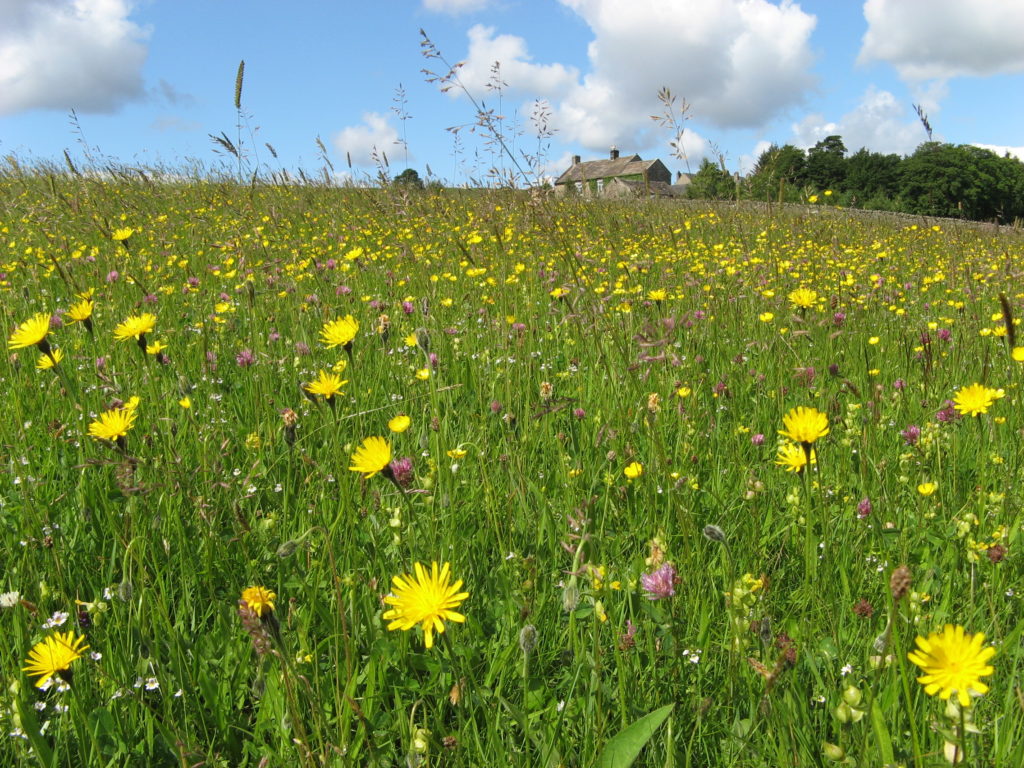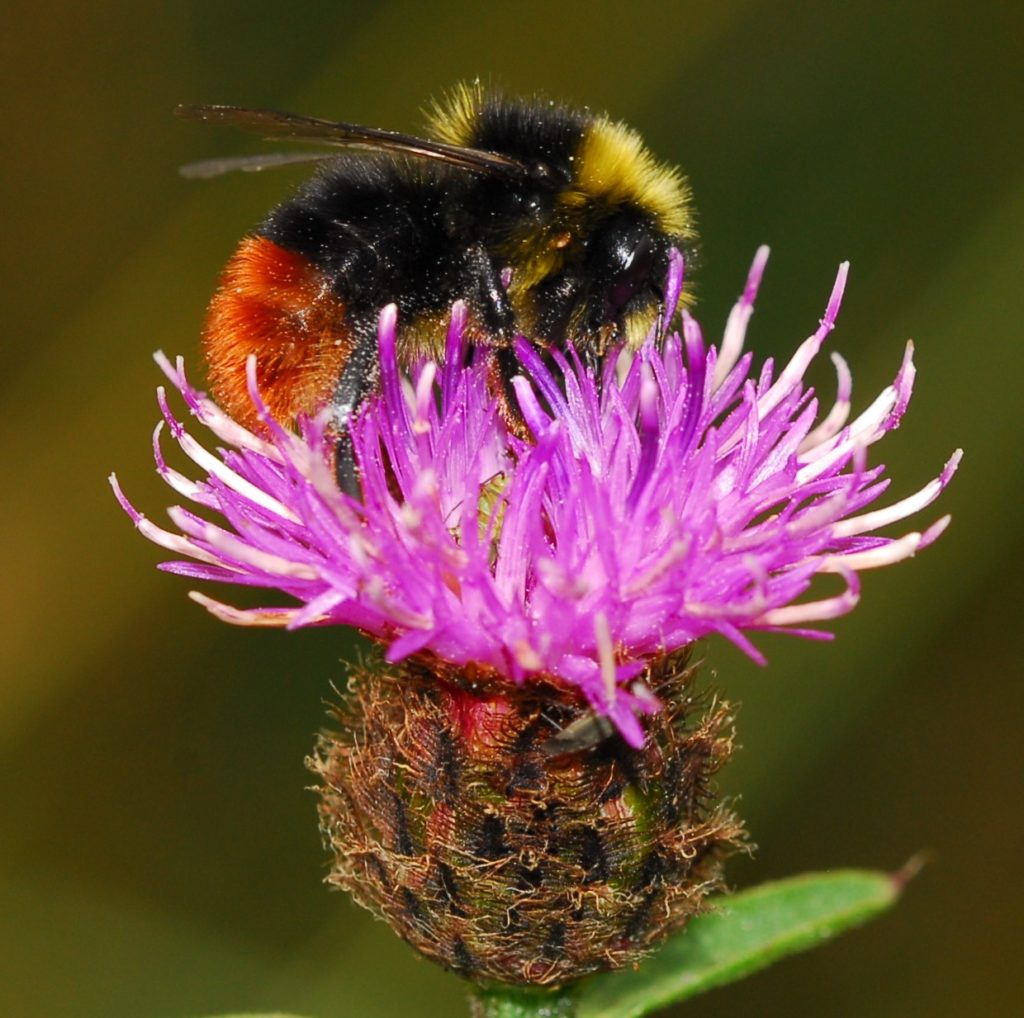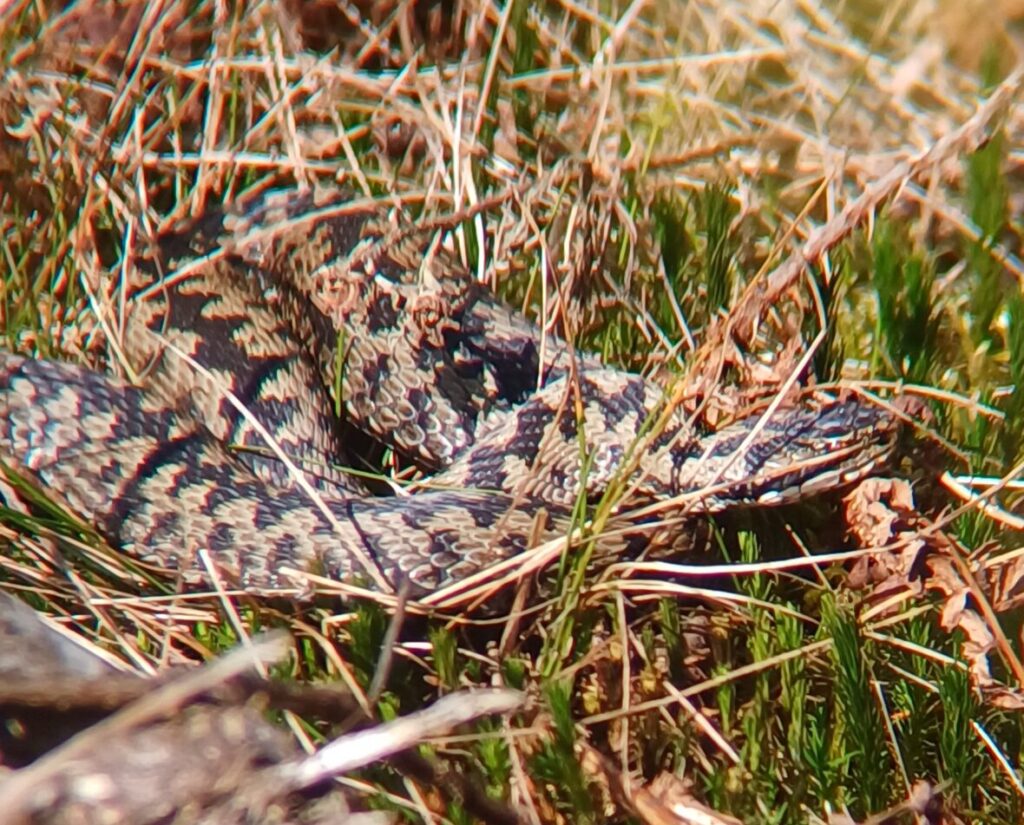What’s special
Rivers and wetlands
Rivers and wetlands
The world famous rivers Tyne, Wear and Tees all have their birthplace high in the North Pennine hills.
Most of the rivers in the AONB are relatively unpolluted and support otter, water vole, brown trout and Atlantic salmon. They are home to dipper, common sandpiper and grey wagtail, with goosander where woodland provides opportunities for nesting. As the level of the land falls away, leaving wider valleys and more gentle hills, kingfishers bring a flash of electric blue to the riverbank. Rivers also have a diverse range of features, such as riffles, shingle banks and pools, which each support a range of plants and animals.
Fish populations
The rivers have shown a remarkable recovery in fish populations, with the South Tyne and the Tees having greatly improved stocks of salmon and sea trout and the Derwent having a regionally important brown trout fishery. The main River Tyne is now the best salmon river in England. The continuing impact of pollution from historic mining activity on the water quality of the East and West Allen catchments (and the Nent) means there are low invertebrate and fish populations in these rivers. However, they have developed a riparian flora which is tolerant of heavy metal pollutants.
Wetlands
Away from the rivers, other wetland areas, notably springs and flushes add much to the biodiversity of the AONB, with the calcareous flushes of the Moor House-Upper Teesdale National Nature Reserve being of international conservation importance.
Reservoirs
The reservoirs in the North Pennines have become home to a range of bird and animal life, including otters and an important population of widgeon. Derwent reservoir boasts the largest winter population of common gull in the north-east.
Waterfalls
Several North Pennine rivers have attractive and sometimes dramatic waterfalls e.g. High Force, Low Force and Cauldron Snout.











